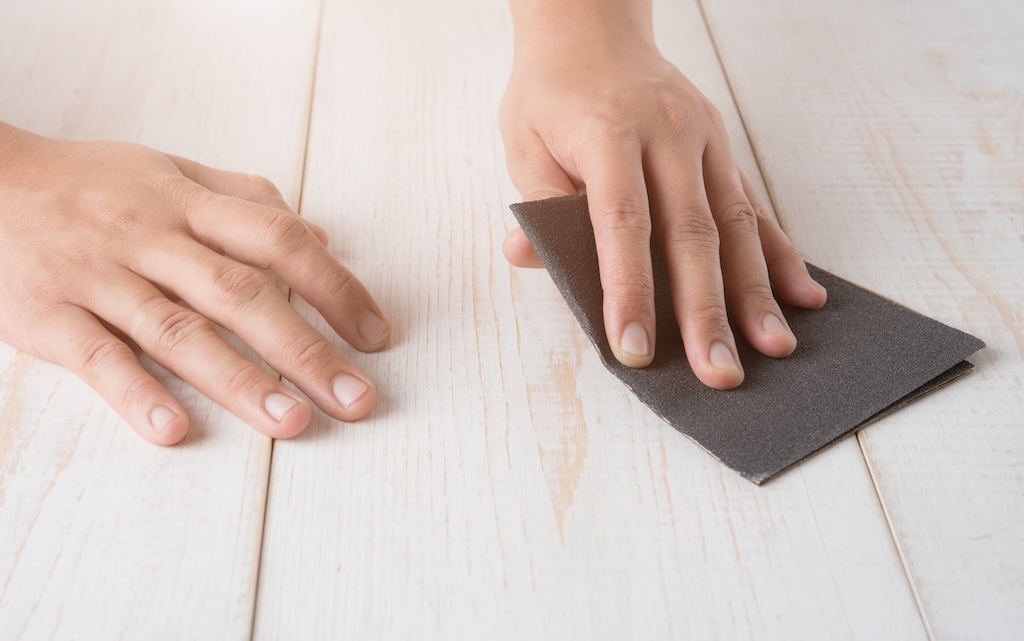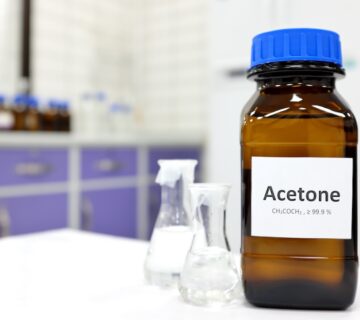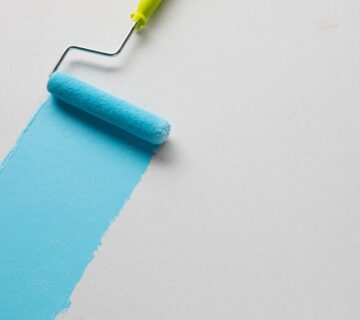Removing paint in a way that is mindful of the environment is becoming a critical part of sustainable living. As awareness grows around the need for eco-conscious practices across all facets of daily life, finding methods to strip paint without causing environmental damage or health risks is paramount. This blog post delves into a variety of green strategies for paint removal, aimed at making your next home improvement project both effective and environmentally responsible. Embracing these environmentally friendly techniques not only helps protect our planet but also ensures that the upkeep of our living spaces does not contribute to ecological degradation.
Using Soy- or Citrus-Based Strippers
Soy- or citrus-based paint strippers serve as outstanding alternatives to the more hazardous chemical options traditionally used for stripping paint. Made from natural, biodegradable ingredients, these strippers effectively dissolve paint layers without emitting toxic fumes, making them ideal for use in less ventilated areas. While the process may require more time compared to chemical strippers, the safety benefits for both users and the environment far outweigh the extra time spent. These natural strippers are particularly advantageous in settings such as indoor rooms or basements where air circulation is limited.
Heat Guns
Utilizing heat guns presents another eco-friendly method for removing paint, particularly from wooden surfaces. The technique involves applying controlled heat to paint, softening it to a point where it can easily be scraped away. This method avoids any chemical runoff, preserving the environment from potential pollutants. However, caution is paramount when using heat guns as improper use can damage the material beneath the paint. It is crucial to maintain the correct distance and temperature to ensure that the paint is removed efficiently without harming the base material.
Sanding
Sanding is a simple, mechanical process suitable for small-scale paint removal tasks. This method physically wears away the paint without the use of harsh chemicals, making it an environmentally safe choice. Although sanding is physically demanding, the absence of chemical pollutants makes it appealing. It is important to wear protective gear, like a dust mask, to prevent inhaling paint particles. Adequate ventilation is necessary during sanding, and employing a dust collection system can help reduce the dispersion of paint particles into the environment.
Infrared Paint Removal
Infrared paint removal is a relatively new and eco-friendly approach that uses infrared rays to loosen paint from surfaces. This technique is particularly effective on older paint applications and is less likely to emit hazardous fumes, such as those from lead-based paints, compared to traditional methods. Infrared removal provides a more delicate touch, minimizing the risk of damage to the underlying material and is especially beneficial for intricate work where detail and care are required.
Proper Disposal of Paint Waste
No matter the method of paint removal, proper disposal of the resultant waste is crucial. Collecting the stripped paint in a designated container and following local regulations for hazardous waste disposal ensures that these materials do not negatively impact the environment. Responsible disposal practices help avoid legal penalties and contribute to maintaining a clean and safe community environment.
Final Thoughts
Adopting eco-friendly paint stripping methods is not only beneficial for the environment but also enhances the safety and sustainability of home maintenance projects. Options such as soy-based strippers, heat guns, and sanding promote a healthier approach to renovation that reduces environmental impact. Remember, the sustainability of a project is influenced not only by the paint removal techniques used but also by how the waste is managed. By selecting environmentally responsible practices, you contribute to a safer and cleaner world. For more eco-friendly home improvement ideas and techniques, visit our website at sisupainting.com and explore our blog at sisupainting.com/blog.





No comment